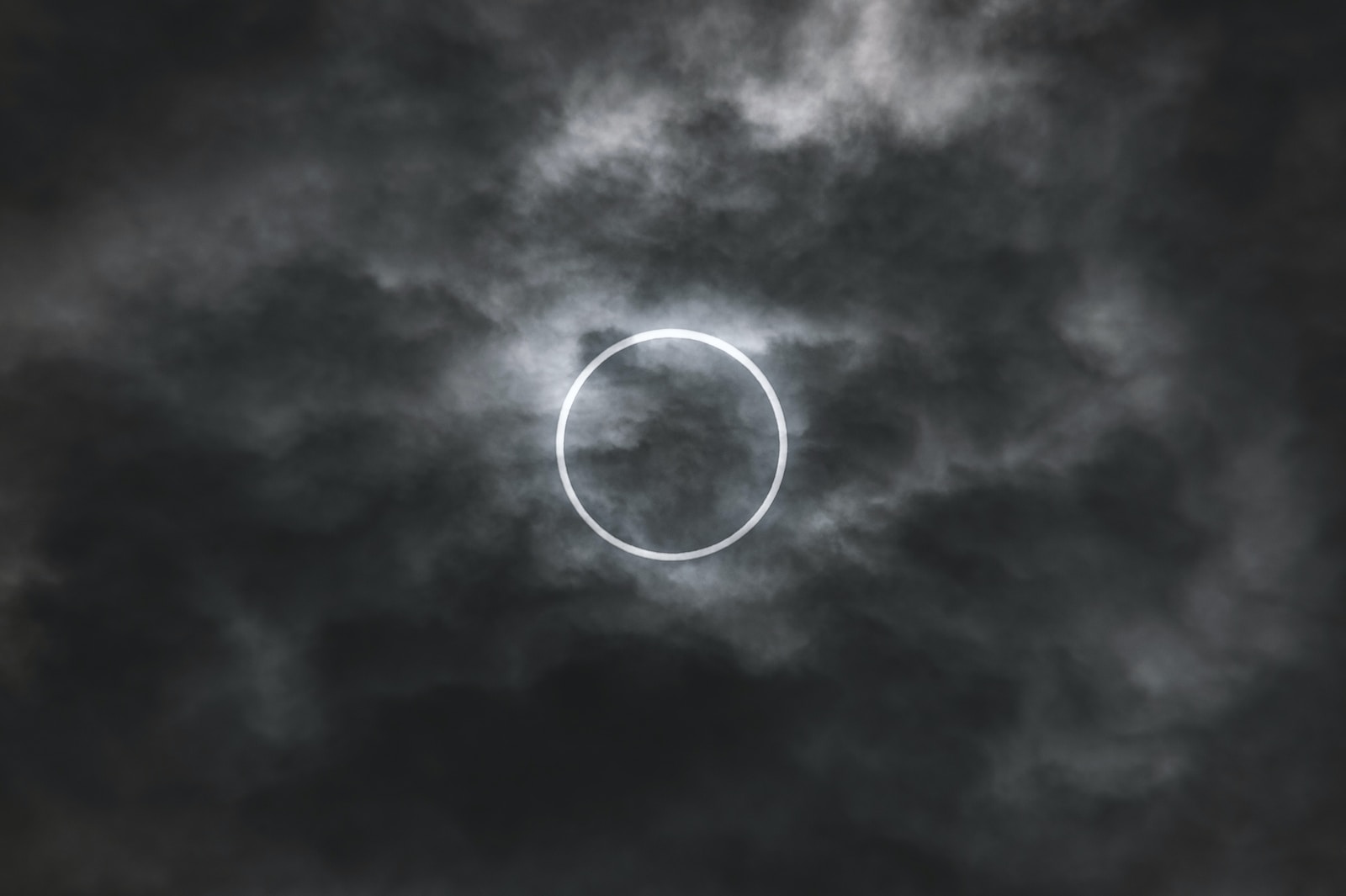Table of Contents
ToggleIntroduction
Have you ever witnessed a solar eclipse? If not, you’re in luck. On October 14, 2023, a spectacular annular solar eclipse will occur, and you don’t want to miss it. An annular solar eclipse happens when the moon passes in front of the sun, but it’s too far away to cover it completely. This creates a stunning “ring of fire” effect around the moon’s silhouette.
An annular solar eclipse is a rare and beautiful phenomenon that can only be seen from certain locations on Earth. In this article, we’ll tell you everything you need to know about the annular solar eclipse of 2023, including when and where to see it, how to prepare for it, and what to expect from this awe-inspiring celestial event.
When and Where to See the Annular Solar Eclipse of 2023?
The annular solar eclipse of 2023 will take place on Saturday, October 14, 2023. The eclipse will start at 9:49 a.m. PDT (16:49 UTC) and end at 1:34 p.m. PDT (20:34 UTC). The peak of the eclipse, when the “ring of fire” will be visible, will occur at 11:41 a.m. PDT (18:41 UTC).
The path of the annular solar eclipse will cross parts of North America, Central America, and South America. The best places to see the “ring of fire” will be in Oregon, Nevada, Utah, New Mexico, Texas, Mexico, Guatemala, Honduras, Nicaragua, Costa Rica, Panama, Colombia, and Brazil. However, even if you’re not in these locations, you may still be able to see a partial solar eclipse, where the moon covers only part of the sun.
To find out the exact time and duration of the eclipse for your location, you can use online tools such as TimeandDate.com or EclipseWise.com. You can also use interactive maps such as NASA’s or Xavier Jubier’s to see the path of the eclipse and how it will look from different places.
How to Prepare for the Annular Solar Eclipse of 2023?
Watching a solar eclipse is an amazing experience, but it also requires some preparation and safety precautions. Here are some tips on how to get ready for the annular solar eclipse of 2023:
- Plan ahead. Decide where you want to watch the eclipse and make sure you have a clear view of the sky. You may want to scout out your location beforehand or book a hotel or campsite in advance if you’re traveling.
- Check the weather. The weather can make or break your eclipse viewing experience. You want to avoid clouds or fog that can obscure the sun. You can check the weather forecast for your location or use online tools such as Eclipsophile.com or ClearDarkSky.com to find out the best places for clear skies.
- Get proper eye protection. Never look directly at the sun without proper eye protection, especially during a solar eclipse. You can damage your eyes or even go blind if you do so. You need special solar filters or glasses that block out most of the sun’s light and harmful rays. You can buy these online or at local stores that sell astronomy equipment. Make sure they are certified by reputable organizations such as ISO or CE and have no scratches or holes. Do not use sunglasses, binoculars, telescopes, cameras, or any other devices that are not designed for solar viewing.
- Test your equipment. If you plan to use any equipment such as binoculars, telescopes, cameras, or smartphones to watch or capture the eclipse, make sure you test them beforehand and attach them with proper solar filters or lenses. You can also practice taking photos or videos of the sun before the eclipse day to get familiar with your settings and angles.
- Enjoy the show. On the day of the eclipse, arrive at your location early and set up your equipment and eye protection. Follow the instructions on how to use them safely and correctly. Watch as the moon gradually covers more and more of the sun until it forms a “ring of fire” around it. Be amazed by this rare and beautiful sight and share it with your friends and family.
What to Expect from the Annular Solar Eclipse of 2023?
The annular solar eclipse of 2023 will be a spectacular and memorable event that you don’t want to miss. Here are some of the things that you can expect to see and feel during the eclipse:
- A change in the light. As the moon covers more and more of the sun, the light will become dimmer and softer. You may notice a change in the color and temperature of the light, as well as shadows and patterns on the ground. The light will be brightest at the edge of the “ring of fire” and darkest at the center.
- A change in the temperature. As the sun’s rays are blocked by the moon, the temperature will drop slightly. You may feel a cool breeze or a chill in the air. The temperature will rise again as the sun reappears.
- A change in the sound. As the light and temperature change, so will the sound. You may hear birds and animals become quieter or more active, depending on their natural rhythms. You may also hear people cheering or gasping as they witness the eclipse.
- A change in your emotions. Watching a solar eclipse can be an emotional and spiritual experience. You may feel awe, wonder, joy, gratitude, or even fear as you see the sun transform into a “ring of fire”. You may also feel connected to nature, to yourself, and to others who are sharing this moment with you.
The annular solar eclipse of 2023 will be a once-in-a-lifetime opportunity that you don’t want to miss. Make sure you plan ahead, prepare well, and enjoy this amazing celestial show. It will be worth it!







